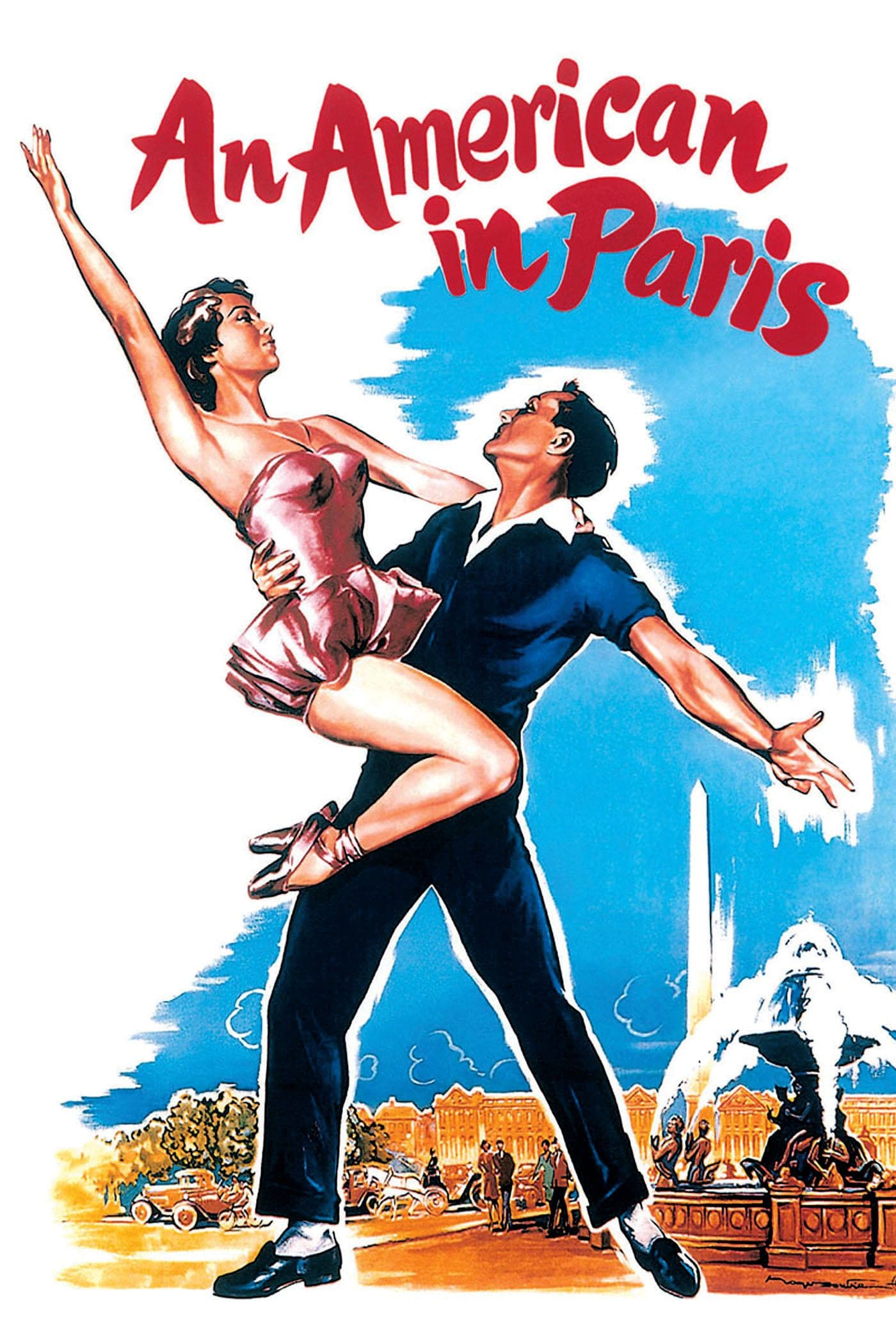
An American in Paris
1951
Rate this movie
Average: 0.00 / 5
(0 votes)
Director
One of the works that contributed to elevating the Musical genre and refining its cinematic mechanisms to achieve a stylistic perfection of rare beauty. It was not a simple evolution, but a radical redefinition of cinematic language applied to musicality, a true artistic manifesto that, in a post-war era seeking new harmony and poetic detachment, managed to elevate the genre from mere entertainment to a complete art form. Its "stylistic perfection" is not cold technical virtuosity, but an organic fusion of elements that resonate with an almost synesthetic resonance, transforming the film into an immersive and all-encompassing experience.
Gershwin's music and Gene Kelly's own choreography, inspired by German Expressionism, contributed significantly to its success (for this film, Kelly received a special honor from the Academy for his versatility in acting, dancing, choreography, and directorial vision). Gershwin's compositions here are not mere accompaniment, but the lifeblood of the narrative, a symphonic poem translated into images. Iconic pieces like "Rhapsody in Blue" or "I Got Rhythm" seamlessly integrate into the narration, not as interruptions but as melodic extensions of the characters' feelings and the Parisian atmosphere. The influence of German Expressionism in Kelly's choreography is a key element that distinguishes the film from mere Hollywood lavishness: it manifests in the boldness of forms, the dramatic use of space and color, and above all, in the psychological abstraction that permeates the epic "An American in Paris Ballet". This almost seventeen-minute final sequence is a true masterpiece, a living tribute to French painting (from Toulouse-Lautrec to Renoir, from Modigliani to Rousseau) that transforms into a whirlwind of movement and vibrant colors, turning the screen into a dynamic canvas. The Academy's special recognition of Kelly was not merely an homage to his versatility, but the affirmation of an artist who had understood and harnessed cinema's unique ability to synthesize various artistic disciplines.
The plot sets the story in a Paris vibrant with artists, an almost stylized bohemia. But this Paris is not a faithful documentary reproduction; it is rather a Paris filtered through Hollywood's romantic prism, an idealized city of lights and artistic aspirations, where existential anguish is sublimated into the joy of creative expression. The "almost stylized bohemia" suggests a deliberate aesthetic choice: not the raw reality of an artist's life, but a picturesque staging, an almost fairytale charm that renders it timeless. In this bustling milieu of intellects, a writer and a wealthy woman meet and fall in love amidst numerous difficulties. He, due to his guilt over the woman's patronage, and she, because she is promised to another man. The love triangle, a dramatic archetype par excellence, here becomes a vehicle to explore the tension between artistic integrity and economic security, between passion and obligation. Jerry Mulligan, the penniless American painter, embodies romantic idealism, while Lise Bouvier, the quintessence of Parisian charm, is torn between loyalty and an unexpressed desire. Their difficulties, though conventional, are narrated with a lightness that makes them accessible, always foreshadowing the final cathartic and balletic resolution.
Behind the plot and the flow of events, one glimpses Minnelli's amused eye, shaping new expressive styles to intertwine dance and cinema under a perfect star-studded sky. Needless to say, he succeeds far too well in this endeavor. Vincente Minnelli, with his keen eye for set design and his innate sense of color, proves to be the ideal architect of this visual symphony. His "amused eye" is that of a master who knows how to leverage Technicolor to transform ordinary Parisian streets into vibrant, almost pictorial compositions. He doesn't merely film dances; he choreographs the camera, allowing it to dance itself with the performers, creating a fluidity and synergy that were revolutionary at the time. His ability to blur the lines between narrative reality and dream sequence, culminating in the transcendent final ballet, is the cornerstone of his genius. This "perfect star-studded sky" is not merely a metaphor for romantic destiny, but for the infinite possibilities of cinematic art, where color, movement, and music merge into a Gesamtkunstwerk, a total work of art, a living and pulsating fresco. Minnelli does not merely direct; he orchestrates a symphony of the senses, enveloping the viewer in an unparalleled aesthetic experience.
A final mention must go, ça va sans dire, to the otherworldly lightness of the virtuoso Gene Kelly, who moves his body from one scene to another with stellar grace. Kelly, more than a mere performer, is a true kinetic poet. His "otherworldly lightness" is not mere physical lightness, but the emotional intelligence he infuses into every leap and pirouette. Unlike Fred Astaire's refined elegance, Kelly brings an athletic and democratic physicality to dance, making it accessible yet breathtaking in its complexity. From his playful dances on the Parisian streets to the expansive, expressive arcs of the final ballet, he dominates the screen with a charisma that transcends mere performance. He is a force of nature, a kinetic sculptor who molds narrative and emotion from the very air, leaving an indelible mark on the landscape of cinematic dance. His very presence elevates the film from a simple musical to a profound statement on the power of art to transport and transform, confirming "An American in Paris" not only as a classic, but as an unparalleled pillar of the seventh art.
Country
Gallery
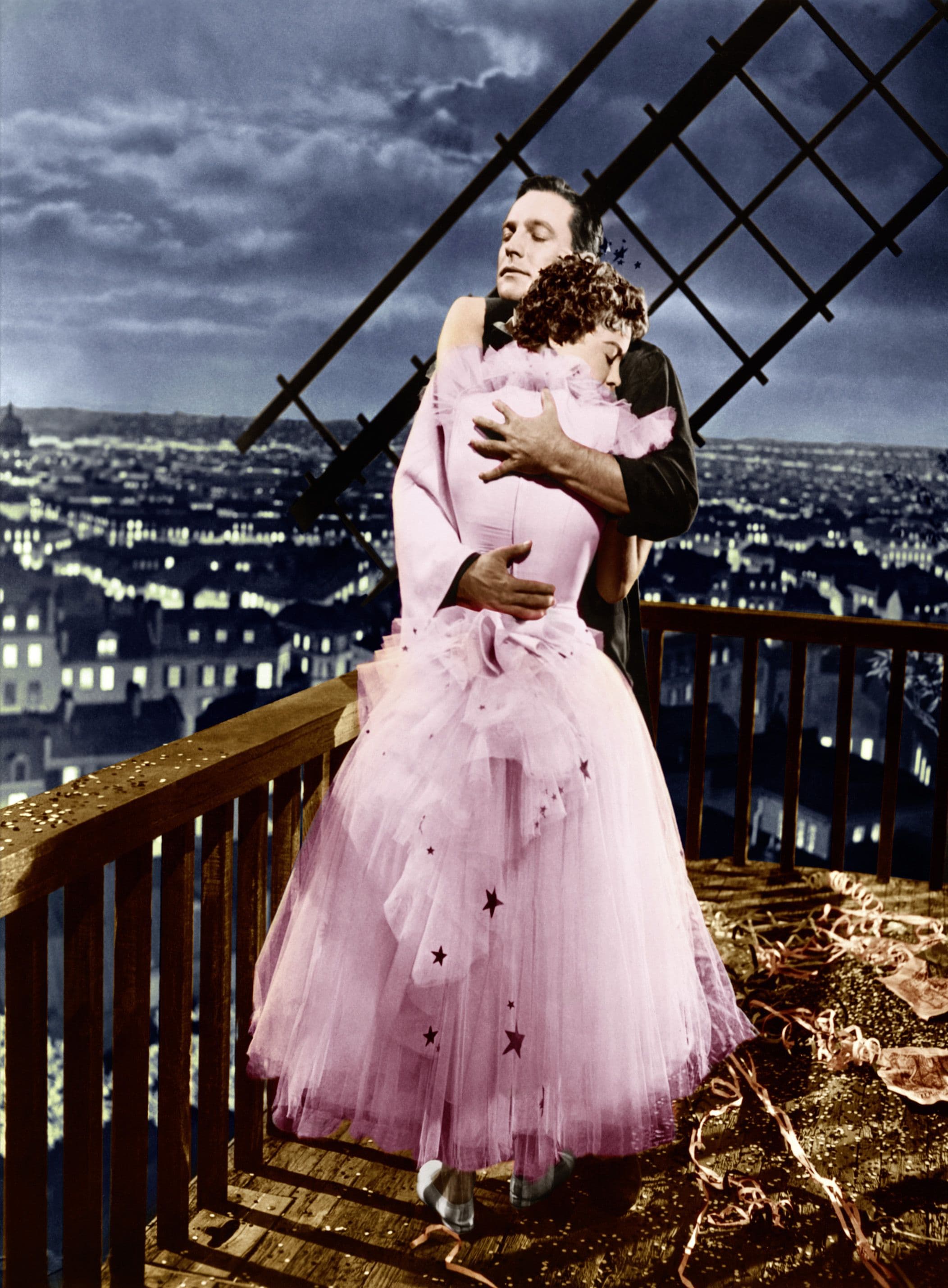

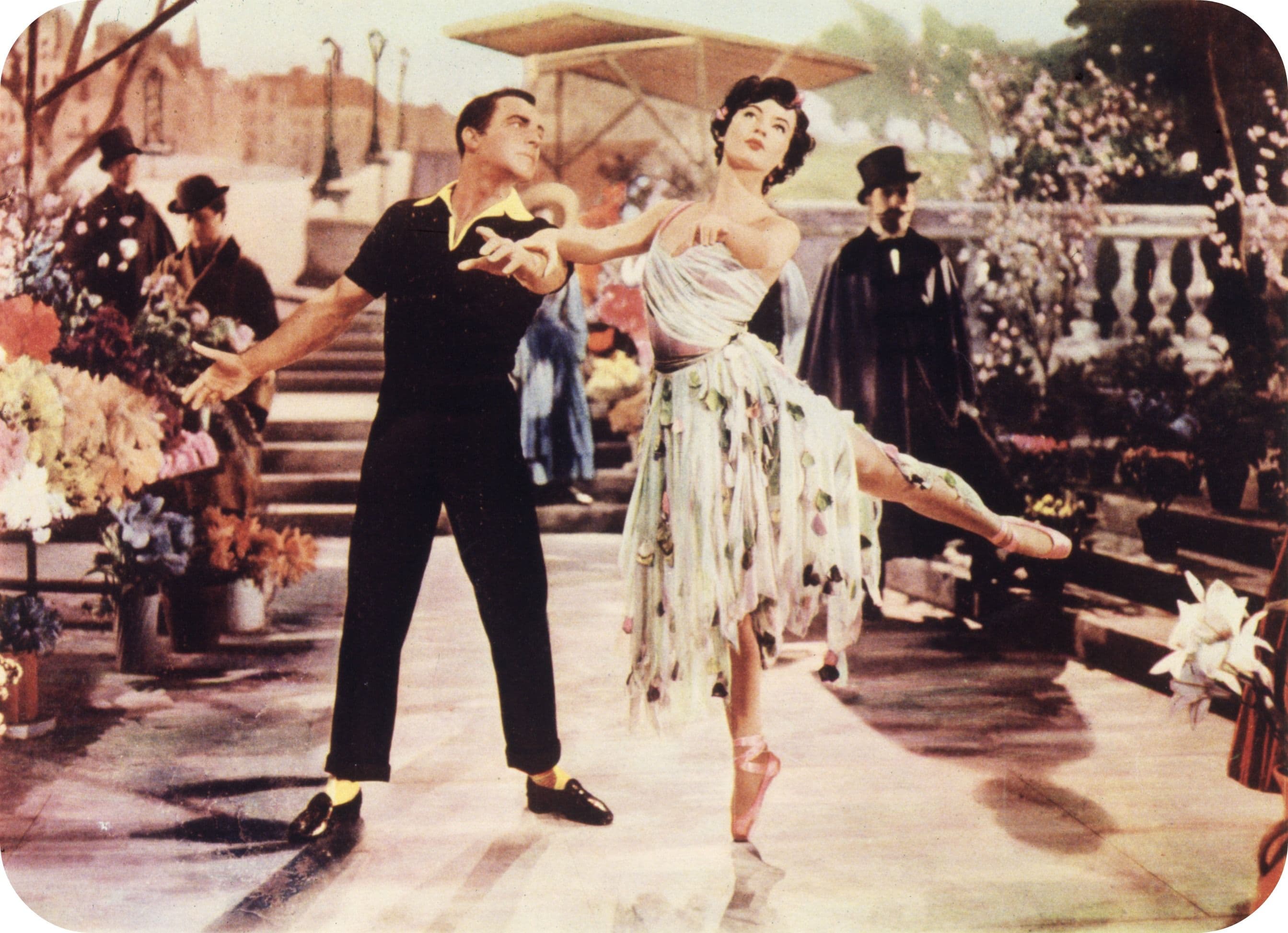

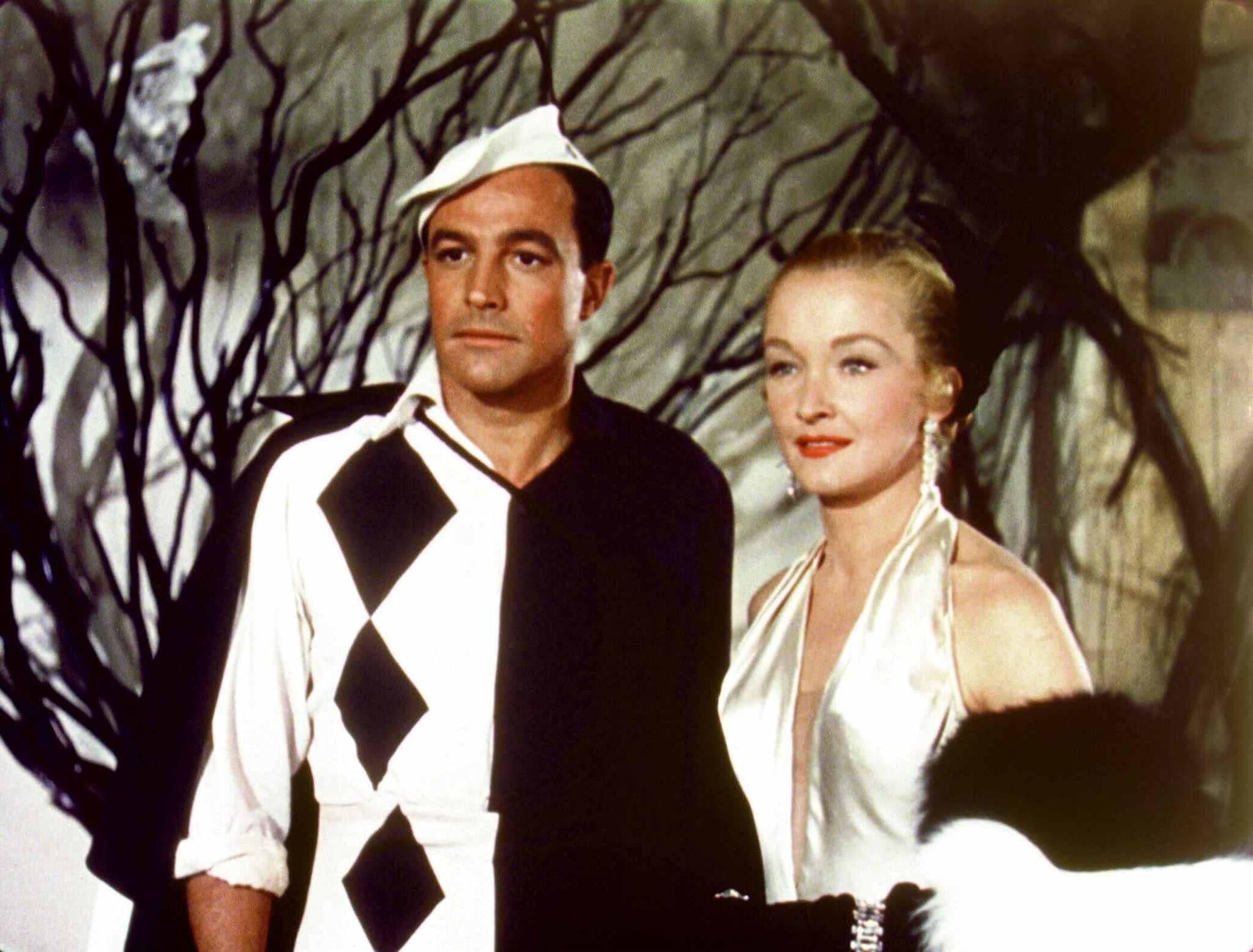
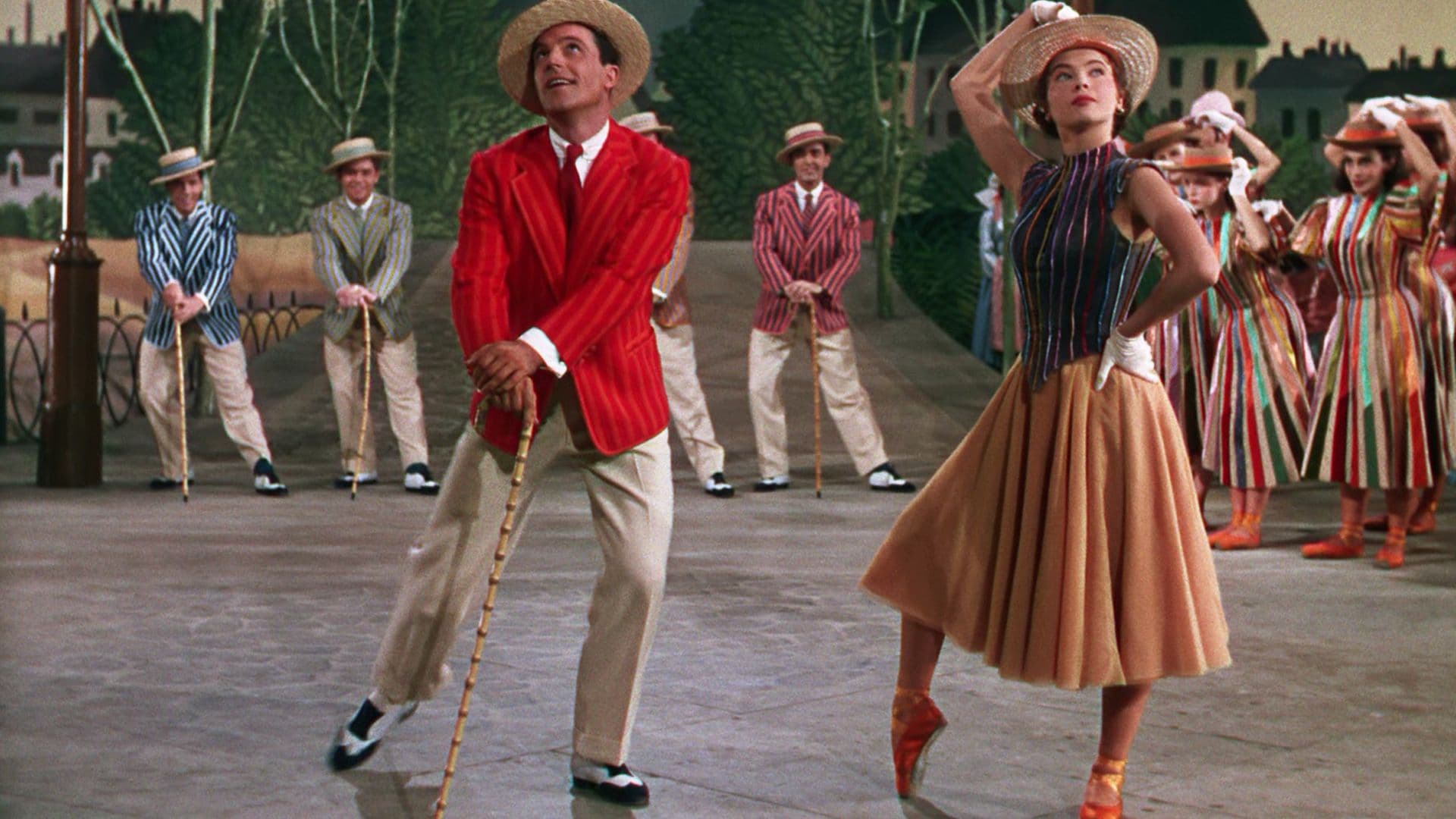
Comments
Loading comments...